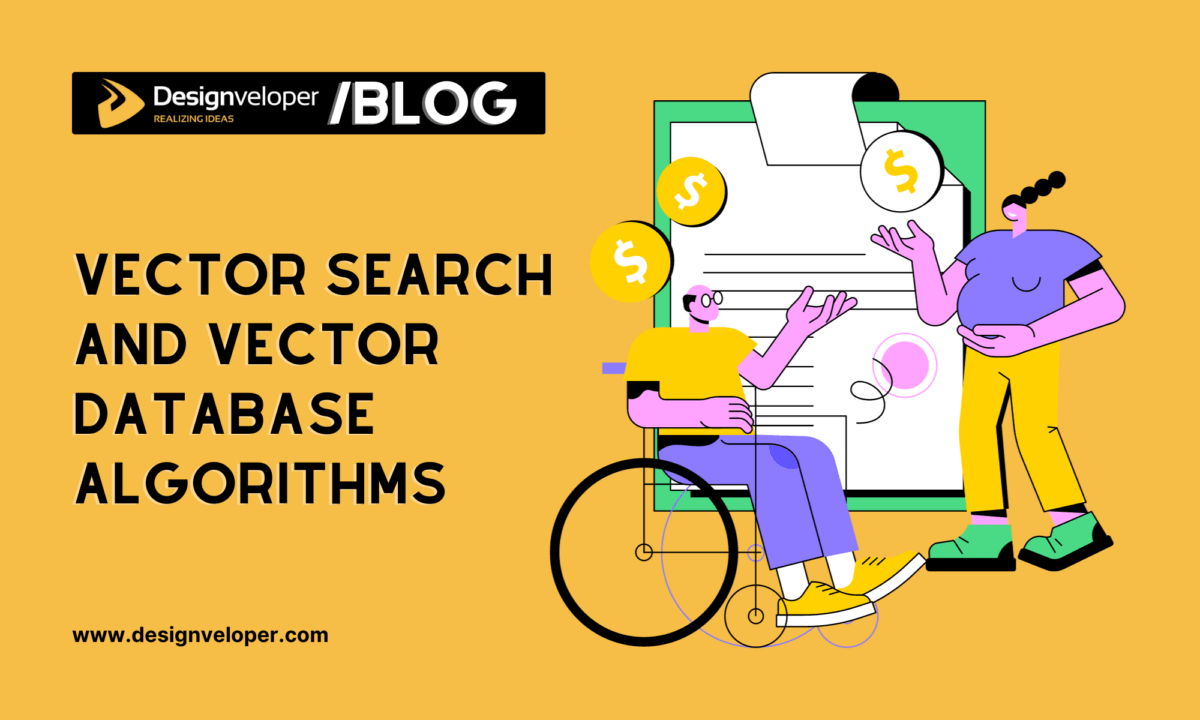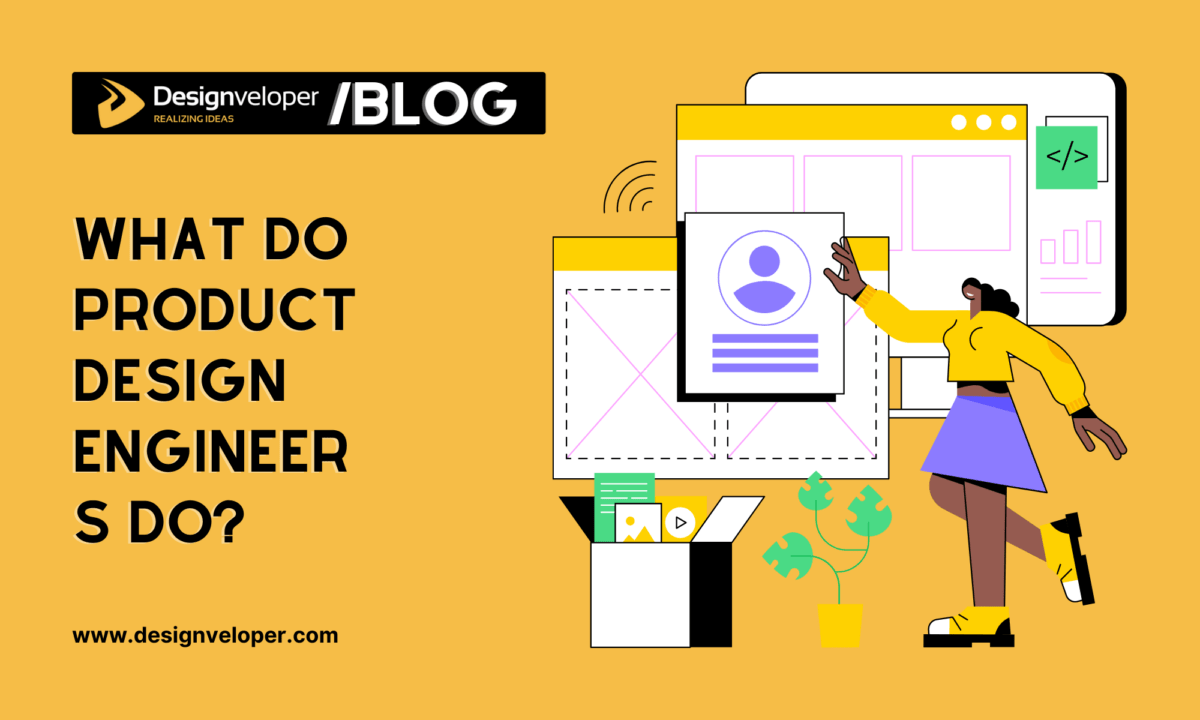Artificial intelligence is all around us. We use it every day, from the computer, smartphone, or tablet we hold in our hands to the voice assistant on our phones. It’s also behind the vast majority of internet searches and self-driving cars. There are different types of AI that you might not have heard about before. Here, are some examples of AI that are revolutionizing the world
What Is Artificial Intelligence (AI)?
You don’t need to be a genius to know what AI is?. But there’s something about AI that makes us all want to know more. It’s the reason Google is hiring 10,000 people this year to deal with it. Back in 1959, computer science professor Herbert A. Simon coined the term AI to describe the field of computer science. However, it took some time before AI became part of the vernacular of everyday conversation. The ’60s, ’70s, and ’80s were not the best years for computers. As a matter of fact, computers weren’t really ready for prime time until the ’90s. So in a nutshell, AI was a really long time coming. It’s hard to imagine not having computers.
How does Artificial Intelligence (AI) Works?
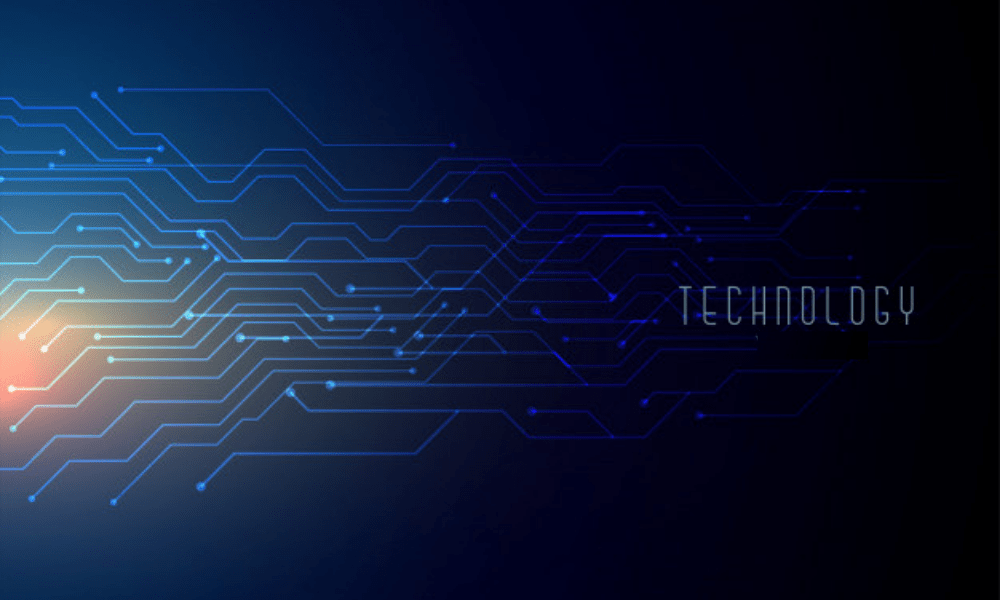
As already mentioned, this is done by analyzing huge amounts of data to create a complete model of how human brains work. The AI then uses this to work out what actions to take and how they could benefit you. So to understand what AI can do for you, you need to first understand what is exactly AI. Artificial intelligence is a group of programs works together to mimic human thinking. It is most often for automating tasks and performing specific functions. But with the advances in computer technology, AI has also become a powerful tool for automation. It uses AI to understand humans’ needs and make decisions that humans could not possibly make.

Advances in AI are occurring faster than ever before, making it possible for consumers to leverage it in ways we never could have imagined. The primary purpose of AI is to assist people. But, how does it work? Here are just a few ways that you can use artificial intelligence technology today:
Personal assistants such as Siri and Alexa can answer many questions on your behalf. At a simple level, when you’re using these services, you can ask: “When is the next bus to the city?”, “How much is a single admission for my trip?”, or “Do I need to pay tax on my phone bill?” Siri will give you the answer. In a more advanced context, you can make use of these services to research, book, and pay for things.
Recommended reading: Are Alexa And Siri Considered AI?
The 4 Types of Artificial Intelligence Based on Functionality
Before we get into the nitty-gritty of Reactive machines, Limited memory machines, Theory of mind machines, and even specialized AIs like Self-aware machines, it’s useful to understand the different types of AI that tackle different types of problems.
There are four types of AI systems: reactive machines, limited memory, theory of mind, and self-awareness. And what are those?
FURTHER READING: |
1. 8 Best AI Chatbot Smartest AI Chatbot in 2022 |
2. 8 Artificial Intelligence Companies That are Riding the Wave of AI |
3. 5 Common Myths of Artificial Intelligence |
1. Reactive machines
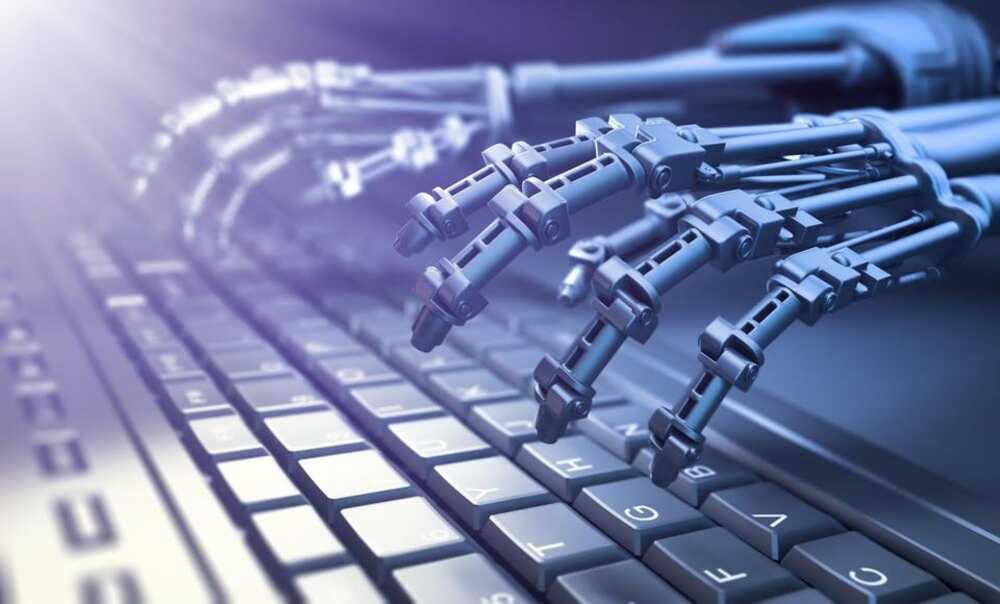
When we first saw the first robot on the job, it was reactive and very rudimentary. You could see it was being driven by impulses from outside — a jackhammer that had one job but was actually doing some pretty neat tricks after it was up and running. The first production robot (it was called a “stop and go”) we saw was a quite humanoid figure that was entirely reactive. It didn’t even have a central brain, it simply had a number of servos that ran individual tasks — and that was it.
These robots, such as the KrioRus Alba 6 and DaVinci “iFlex,” were super affordable. And while they were simple, they worked remarkably well and were pretty advanced for the time. Limited memory, the second type of machine we saw was highly advanced machines with artificial intelligence.
Today, innovators like standardbots.com take things to the next level with robotic arms that can react to and interact with the environment around them, in order to complete an array of tasks that are relevant in many industries. This includes manufacturing-focused duties like painting, deburring, welding and product inspection, as well as logistics-focused functions such as pick-and-place and palletizing.
2. Limited memory machines
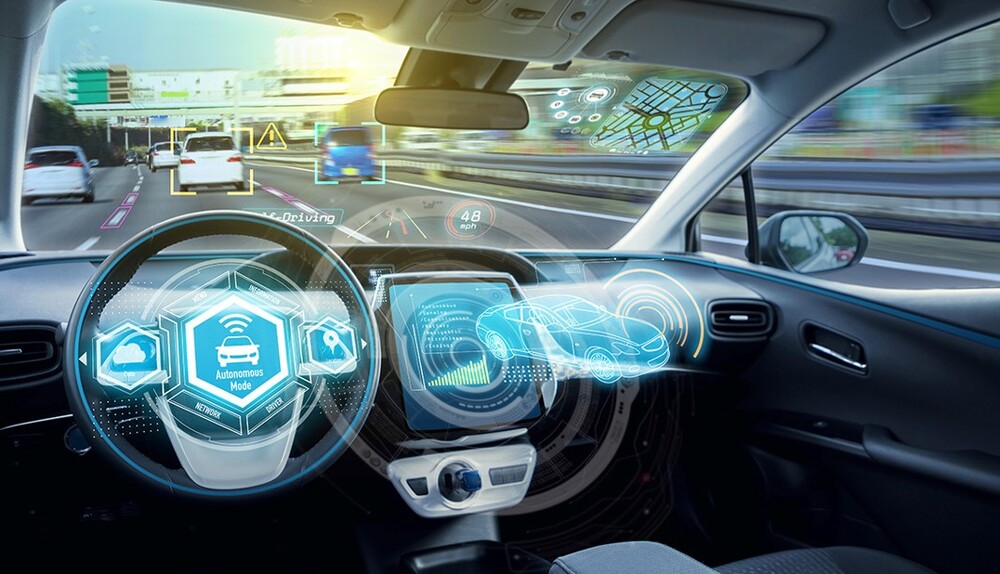
Reactive machines and Self-awareness machines are more like software than mechanical machines. They are highly iterative—you build new features on top of them when you need them. They keep going on and on. Now, why are they reactive? They’re designed to be reactionary. We use them as a pattern-matching tool.
Let’s say you have a list of 100 objects you want to recognize — a broom, a can, a handkerchief, and so on. But your memory is limited. You just have so much in there that you need to create a catalog that works to look for particular objects. So we make the catalog or create the machine, to take the first 100 objects in a list and store it. Then, when it encounters a new object, it asks you if you recognize it.
3. Theory of mind machines
Using machine learning to create systems that can perceive their environment, reason, and remember. They can sense what’s going on around them, learn from experience and move around the environment. Reactive machines use machine learning to create machines that just do stuff based on commands.
The systems are reactive to human directives and change the way they interact with the environment. Limited memory replying to queries, playing games, and a million other tasks in a very limited way. Self-awareness automates customer service chatbot conversations so they can mimic a human conversation. Machine Learning and Big Data are “all about data”. It is not just data, but the meaning or value. And that meaning or value is or can be, interpreted into human terms.
4. Self-aware machines
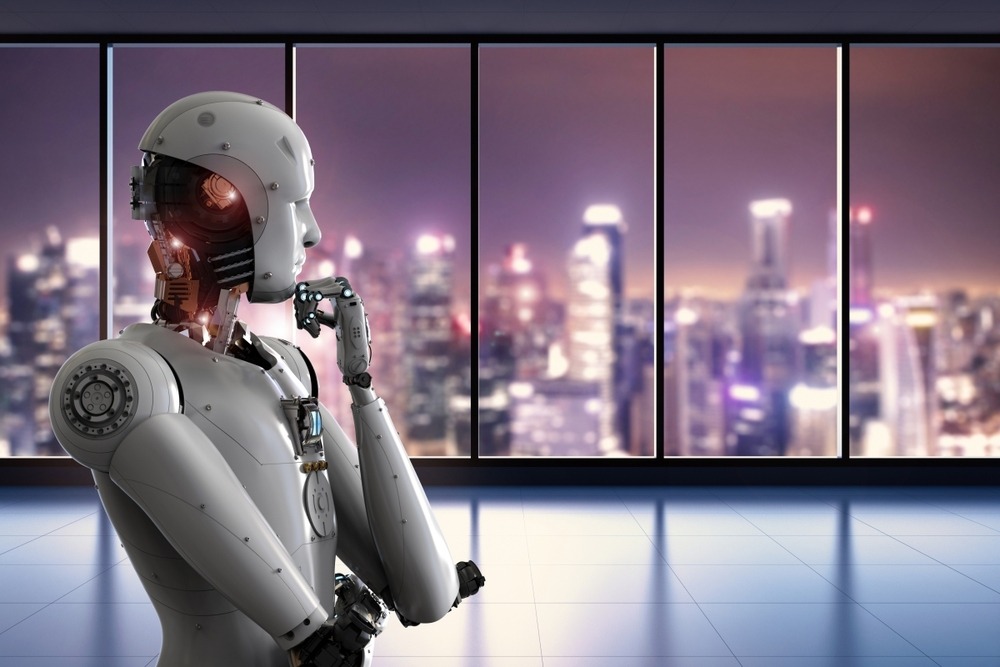
These machines (still in their infancy) are able to think for themselves. In other words, they have their own consciousness, and feelings and are aware of their environment.
1. Example of self-aware machines
Here are three examples. My little chatbot is an example of a self-aware machine. When my daughter texted me from France, she could understand the language, understood the context, and even used emojis. My chatbot was even able to remember a personal conversation from some time ago. That’s where my hubris took over because I believed my version of AI could beat the expert chess players. And it did win the game against both professional players (and it did beat me) and experts. I was thinking in my brain that the games were somehow different from the original. But, alas, this isn’t the case.
Two more things that we need to know about self-aware machines are:
2. Turing test (in artificial intelligence)
Computer science pioneer Alan Turing was the first to consider machine learning as a form of AI. In his famous paper (1948) “Computing Machinery and Intelligence,” he presented a simple test for a computer to define intelligence: it should be able to fool a human into thinking it’s a human. The most famous piece of the test was the Turing test.
Today, we’ve added to the Turing test, machine-learning models that can easily fool humans by making fake human voices and writing haiku. And we even have quasi-human, unclassified classification levels that require machines to prove they’re not conscious.
3. The Imitation Game
Since you won’t believe me, you’ll have to believe Rob Brezsny, author of the amazing self-help book 4-Hour Workweek. He says there are four types of AI that every human being must master if they want to grow. Reactive Machines The first is a reactive machine. The automaton doesn’t see the problems as bad or even adversarial. It only sees the problem as something it has to work around.
The computer’s main problem is keeping up with everything else going on. In this machine, we have many examples, but some examples are Google Now, Siri, and Amazon Echo. These machines don’t learn, and they don’t learn very well. They might be nice, but they don’t seem to take risks. Limited Memory The next machine that is popular today is the limited memory machine.
In Short
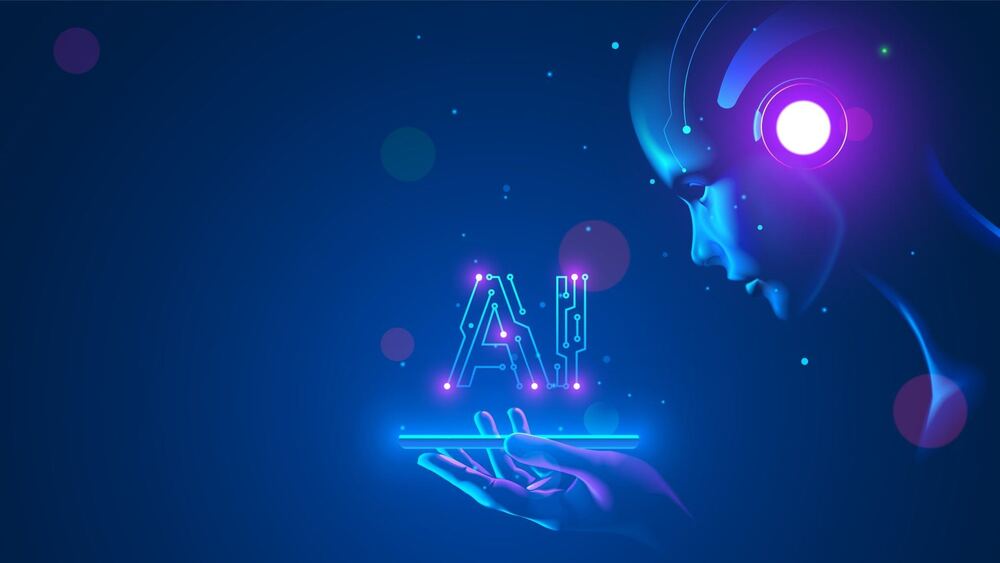
Artificial intelligence has been applied to many different fields of study. One such field is the study of human intelligence. As we learn more about how the mind works, and what makes us who we are, researchers have begun to develop artificial minds that function in a similar way. AI software is also working with other fields such as robotics, cybernetics, and computer software design.













